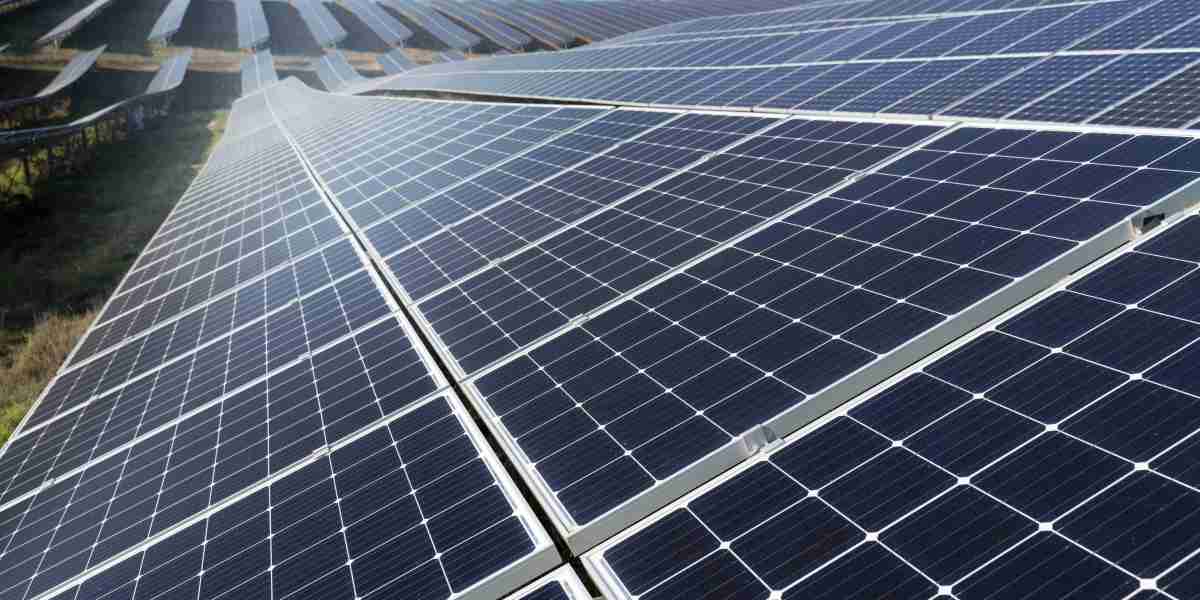Weathering the Watts: How Climate Affects Your Solar Panel Performance
When investing in a solar energy system, most homeowners focus on panel efficiency, installation costs, and government incentives. However, one critical factor often overlooked is how local weather conditions influence the day-to-day and long-term performance of solar panels. Understanding this relationship is especially crucial for regions like Calicut, where seasonal variations can significantly impact energy generation.
As a trusted solar company in Calicut, we believe in educating customers not just on the benefits of solar energy but also on the realities of its performance under various weather conditions. In this article, we explore how temperature, rainfall, humidity, cloud cover, and even storms can affect your solar system in Calicut, and how you can optimize performance regardless of what the skies bring.
1. Sunny Days Ahead: Ideal Conditions for Solar Efficiency
Solar panels are designed to harness sunlight, and unsurprisingly, clear, sunny days offer the best conditions for power generation. Direct sunlight allows photovoltaic (PV) cells to convert solar energy into electricity at their highest efficiency.
In places like Calicut, where sunlight is abundant for most of the year, solar systems thrive. The region receives an average of 6–7 peak sun hours daily during summer, making it ideal for solar adoption. A well-installed solar system in Calicut can leverage these conditions to provide consistent energy for homes and businesses.
2. The Heat Paradox: High Temperatures and Reduced Efficiency
Although solar panels require sunlight, excessive heat can actually reduce their efficiency. This might come as a surprise, but like many electronics, solar PV cells operate optimally at a certain temperature—typically around 25°C (77°F). As temperatures rise beyond this point, energy output begins to decline due to increased resistance within the panel's circuits.
In the tropical climate of Calicut, daytime temperatures can soar during summer. However, top-tier solar panel manufacturers mitigate this issue by providing panels with low temperature coefficients. A reputable solar company in Calicut will always guide you in choosing panels suited to the regional climate, ensuring reliable performance even in hotter months.
3. Cloudy with a Chance of Output: Solar Performance on Overcast Days
Contrary to popular belief, solar panels do not stop working on cloudy days. While output is reduced, panels can still generate 10–25% of their typical energy capacity under overcast skies. This is possible because diffused sunlight, which filters through clouds, still reaches the panels.
Calicut experiences a substantial monsoon season from June to September, during which cloud cover is persistent. While this reduces daily energy production, a well-planned solar system in Calicut can account for these variations by integrating battery backups or grid support, ensuring uninterrupted power supply.
4. Rain, Rain, Come Again: Natural Cleaning Benefits
Rain often has a surprising advantage for solar panels—it acts as a natural cleaning agent. Dust, bird droppings, and debris that accumulate on panels can block sunlight and lower output. Rain helps wash these particles away, maintaining panel cleanliness and improving efficiency once the sun returns.
While Calicut's frequent rains can momentarily dampen energy production, the self-cleaning benefit is substantial. Regular maintenance by a professional solar company in Calicut can further enhance this effect, ensuring optimal performance year-round.
5. The Humidity Factor: Moisture Management for Solar Systems
Humidity, particularly in coastal regions like Calicut, can affect solar panel components over time. Moisture can seep into the junction boxes, inverters, and electrical wiring, potentially leading to corrosion or performance degradation if not properly managed.
However, modern solar systems in Calicut are built with weather-resistant enclosures and moisture-sealed components. Partnering with an experienced installer ensures the use of high-quality, IP-rated (Ingress Protection) materials that withstand the humid climate effectively. Routine inspections further help in early detection and prevention of moisture-related damage.
6. Storms and Winds: The Structural Test of Your Solar Investment
Heavy winds and storms are a concern for any rooftop installation. In Calicut, the monsoon season can bring intense weather events that test the durability of mounting structures and panels. Panels that are poorly mounted may be at risk of damage or even detachment.
Therefore, structural integrity is critical. A reliable solar company in Calicut ensures that every installation meets national safety codes and is wind-tested to withstand gusts well above regional averages. Additional reinforcements and anchoring systems can provide extra protection during cyclonic conditions.
7. Seasonal Variations: Designing for Year-Round Performance
Solar production is inherently seasonal. During summer, longer daylight hours mean higher energy generation. In contrast, during the monsoon and winter months, shorter days and cloud cover reduce output. This natural fluctuation must be factored into system design.
Expert installers in Calicut will assess your monthly consumption, analyze local solar radiation data, and recommend the optimal system size and battery storage solutions. With the right planning, your solar system in Calicut will generate sufficient power across all seasons, reducing dependency on the grid and ensuring energy security.
8. Monitoring Systems: Keeping an Eye on Weather Impacts
Modern solar installations include monitoring tools that track system performance in real time. These systems help users identify output drops caused by weather events and assess long-term trends in energy production.
As a top-rated solar company in Calicut, we emphasize the importance of integrating smart monitoring solutions. This not only helps users understand the impact of weather on their systems but also enables predictive maintenance—ensuring minor issues don’t escalate into costly repairs.
9. Preparing for the Future: Climate-Resilient Solar Systems
With climate patterns becoming more unpredictable due to global warming, future solar systems must be resilient. Extreme weather conditions—such as heavier rains, unexpected droughts, or longer heatwaves—can all affect solar performance.
Designing with these changes in mind is essential. Solar companies in Calicut are now adopting adaptive technologies such as bifacial panels (which absorb sunlight from both sides), tilt-adjustable mounting systems, and hybrid systems that combine solar with wind or diesel backup for enhanced reliability.
Conclusion: Weather-Ready Solar Systems Begin with the Right Partner
Solar energy is a clean, renewable, and cost-effective solution—but like all technologies, it must be optimized for local conditions. Weather plays a vital role in determining the performance of your solar investment. From sunshine to storms, every element influences output and longevity.
For homeowners and businesses considering a solar system in Calicut, the message is clear: choose a partner who understands the local climate. An experienced solar company in Calicut can provide guidance, install weather-resilient equipment, and ensure your system is prepared to deliver consistent performance in all seasons.







